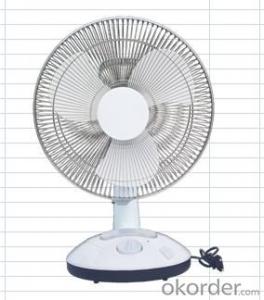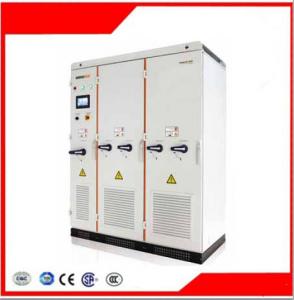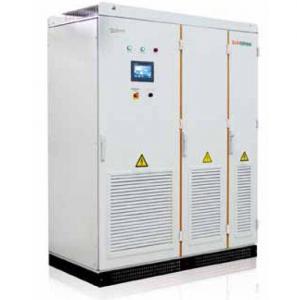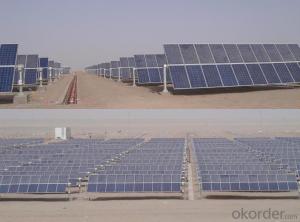Solax Solar Inverter
Solax Solar Inverter Related Searches
Solar Inverter Solax Solace Solar Inverter Olx Solar Inverter Solaris Solar Inverter Solar Inverter Olx Solar X Inverter Solar Solar Inverter Xantrex Solar Inverter Romex Solar Inverter Inverex Solar Inverter Solis Solar Inverter Solgen Solar Inverter Xantrex Inverter Solar Sun Solar Inverter Solis Inverter Solar Suntech Solar Inverter Inverter Solar Solar Smart Inverter Solar Inverter Solis Solar Max Inverter Sunrun Solar Inverter Solar Converter Inverter Solar Electric Inverter Sunshine Solar Inverter Smart Inverter Solar Solar Energy Inverter Solar Inverter Inverex Socomec Solar Inverter Smart Solar Inverter Fox Solar InverterSolax Solar Inverter Supplier & Manufacturer from China
Solax Solar Inverter is a high-quality and reliable product designed for solar energy conversion systems. These inverters play a crucial role in converting the direct current (DC) generated by solar panels into alternating current (AC), which can be used by homes and businesses. The Solax Solar Inverter is widely used in various applications, including residential, commercial, and industrial settings, where solar energy is harnessed to power electrical systems. The product is known for its efficiency, durability, and user-friendly interface, making it a popular choice among solar energy enthusiasts and professionals.The Solax Solar Inverter is utilized in numerous scenarios where solar energy is employed as a sustainable and eco-friendly power source. It is particularly beneficial in areas with abundant sunlight, where the inverter can maximize energy production and reduce reliance on traditional energy sources. The product's versatility allows it to be integrated into both small-scale and large-scale solar projects, catering to the needs of different users. Whether it's a single-family home or a large commercial facility, the Solax Solar Inverter can be tailored to meet specific energy requirements and contribute to a greener environment.
Okorder.com is a reputable wholesale supplier of the Solax Solar Inverter, boasting a vast inventory to cater to the growing demand for solar energy solutions. As a trusted distributor, Okorder.com ensures that customers have access to a wide range of Solax Solar Inverter models, each designed to meet specific needs and preferences. With their extensive stock and competitive pricing, Okorder.com has become a go-to source for those looking to invest in reliable and efficient solar inverters.
Hot Products


















































